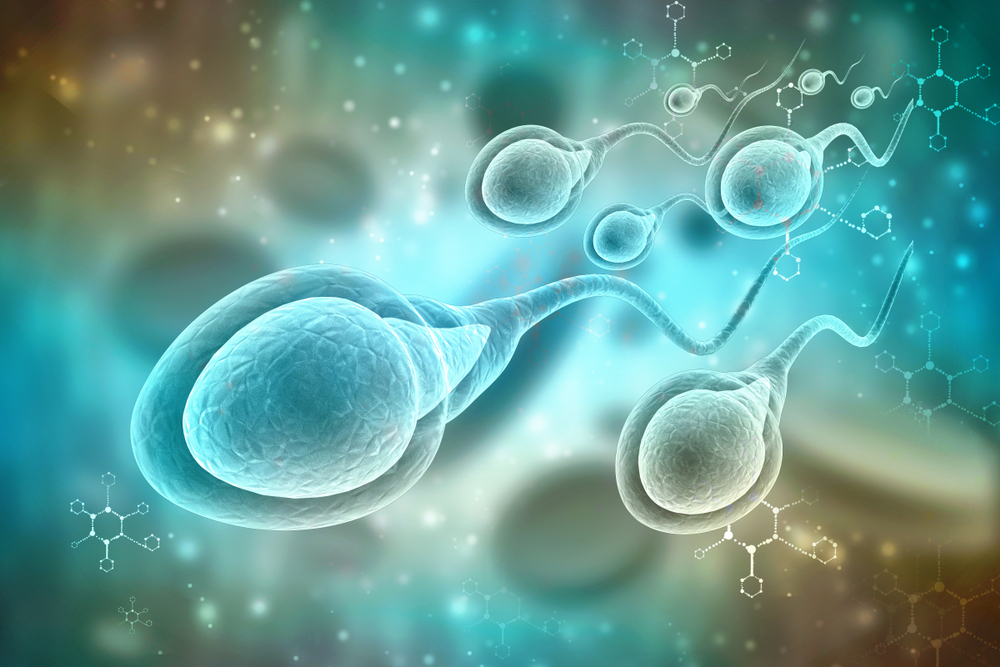If you are worried that you may have a low sperm count, we are here to help.
In this blog we have put together all the information you need to understand what a low sperm count means and how it is identified. Read on to learn more…
What does low sperm count mean?
Low sperm count or oligozoospermia, is where a man has fewer than 15 million sperm per millilitre of semen. Having a low sperm count can make it more difficult for you and your partner to conceive naturally.
Where no sperm is produced at all, the condition is called azoospermia. In cases of azoospermia, it is still possible that the body produces them, but they just do not appear in the ejaculated semen. In these cases, perfectly usable sperm can often be surgically retrieved.
Low sperm count or sperm quality issues are quite common. In fact they affect around one in every three couples who are unable to fall pregnant. The good news is that there are treatments available that can help you to conceive, even if you have a low sperm count.
What causes a low sperm count?
The causes of a low sperm count are not always obvious, however sperm count and sperm quality issues can be associated with hormones, genetic s, infection, overheating, alcohol, smoking and drug use. Another reason for a low sperm count is an internal structural problem with the tubes that carry the sperm.
How do I know if I have a low sperm count?
If you have not managed to conceive after one year of trying for a baby it is a good idea to speak to your GP or visit a private fertility clinic. Remember that fertility problems can affect men and women and can also be a combination of both. It is important for both you and your partner to get advice to help determine the exact cause.
One of the tests that can be arranged by your GP or clinic is a semen analysis.
This is where a sample of your semen is analysed to check the quality and quantity of the sperm. Semen analysis includes assessment and measurement of:
- The volume of the sample
- The pH of the sample (how acid or alkali)
- The number of sperm present within the ejaculate (the sperm count)
- The proportion of sperm that are moving and what type of movement they are displaying (motility assessment)
- The number of sperm that appear to be formed normally (the morphology)
- If necessary anti-sperm antibodies present (MAR test)
Results
Semen analysis results are usually available within one week and they are measured against the World Health Organisation (WHO) reference values for human semen characteristics.
The WHO makes the following recommendations for a sample to be considered ‘within the expected range’:
- Sample volume should be greater than 1.5 millilitres
- Normal pH should be greater than 7.2
- Sperm count of at least 15 million sperm per millilitre
- At least 40% of the sperm will have progressive motility or will have at least 32% with rapid motility (grade a)
- At least 4% of the sperm will have a normal shape (morphology)
- If more than 50% of the sperm are affected by antisperm antibodies then immunological infertility is suspected. Further tests will be needed.
It is important to note that sperm quality can vary over time and it is sometimes useful to repeat the semen analysis. However, as sperm takes three months to form, it is best to leave this amount of time between tests.
Another investigation method for men to consider is a blood test. Certain hormonal and medical conditions that can affect male fertility can be diagnosed using a simple blood test.

